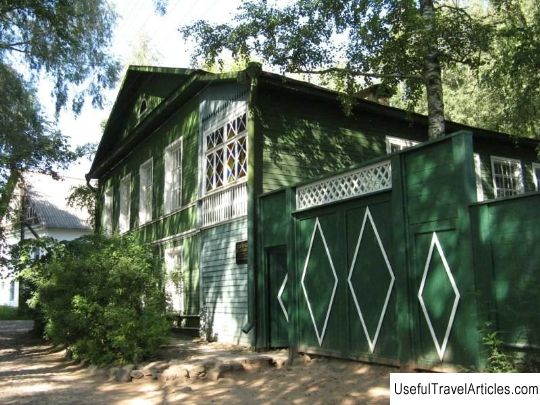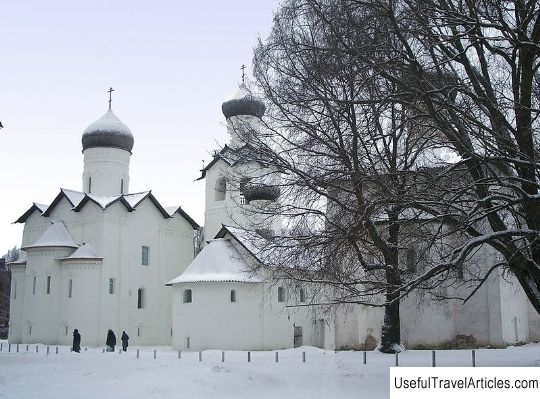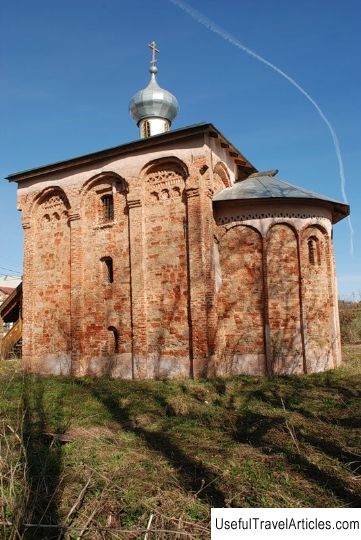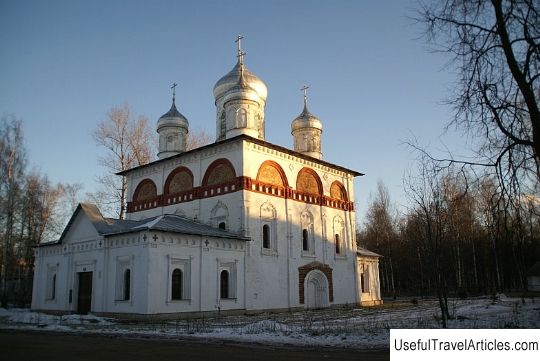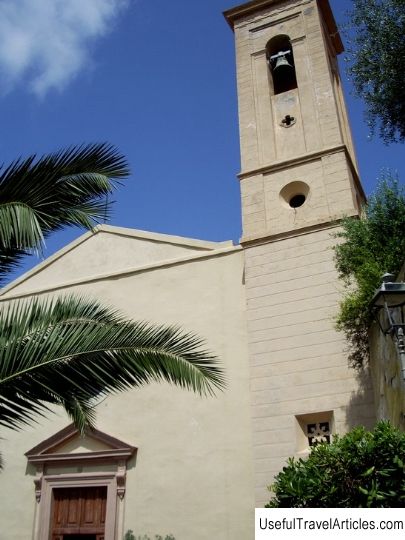Museum of the North-Western Front description and photos - Russia - North-West: Staraya Russa
Rating: 8,1/10 (145 votes) 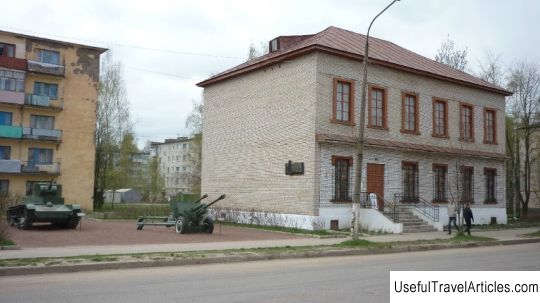
Museum of the North-Western Front description and photos - Russia - North-West: Staraya Russa. Detailed information about the attraction. Description, photos and a map showing the nearest significant objects. Photo and descriptionOne of the first museums of its kind in Russia was the Museum of the North-Western Front, which tells about the historical events of the big front during the Great Patriotic War. The museum is located in the town of Staraya Russa, namely on Volodarsky Street. The museum presents an exposition that tells not only about the battles that took place on the old Russian soil, but also about the occupation, about partisan and underground movements, about literally insurmountable difficulties on the way to the long-awaited victory. A distinctive feature of the museum collection was the presentation of military themes from the side of humanistic positions. It is worth noting that all the materials presented reflect the war on both sides of the trenches. The Museum presents a true picture of the Great Patriotic War, being transferred to one of the military fronts, at the same time, about one and a half thousand different museum exhibits are presented. An important place in the collection of the Museum of the North-Western Front is occupied by a large number of letters from the front. Not only researchers, but also visitors to the museum have the opportunity to independently trace all the military events through the eyes of the participants. As you know, the war destroyed thousands of families, so only mail was available for the long-awaited message, which helped to find loved ones. Every day, up to a thousand postcards and letters came to the front. One of the main themes of the museum exhibition is the theme of tragic resistance. Of particular interest to visitors are models of Soviet technology, weapons of those years, soldiers' items, arrangement of a partisan dugout or an underground apartment. With materials, about the life of the city of Staraya Russa, you can get acquainted at the front exposition. It is in this section that you can learn in detail about the further fate of the later disbanded military North-Western Front, what happened at the final stage of the war. Here you can learn that the famous Victory Banner was erected over the lost Reichstag by the soldiers of the 150th Infantry Division, formed near the city in the fall of 1943. It was from this place to the city of Berlin that the division began its journey, the length of which was 2,640 km. The museum has a Hall of Memory to the participants of the North-Western Front, which houses a unique exhibit presented by a church bell, which was cast master Benning Albert in the city of Lubeck in 1672. The bell was donated to the city by the great emperor Peter the Great. Soon the bell disappeared without a trace, but miraculously found himself in the dilapidated church bell tower of St. Mina in 1942, and on December 3 was sent to Lubeck for further transfer to Staraya Russa. At first, the bell was located in the hospital of the Holy Spirit, after which it was sent to the museum of the small church of St. Catharina. In 2001, Germany decided to transfer the bell to Staraya Russa. On the day the bell arrived, residents of the city finally heard the ringing of the most valuable bell ever made by the hands of a European foundry. The returned bell sounds great, and in the upper part there is a cut-out decoration, presented in the form of exquisite lace, under which there is a signature in Latin. The diameter of the bell is 56 cm, height - 60 cm, weight - 110 kg. In February 2011, the museum opened an exhibition entitled "Doing War Duty" which is dedicated to the memory of international soldiers, as well as the successors of the front-line soldiers of the Great Patriotic War. This exhibition especially draws the attention of visitors to the tragedy of the Afghan war and the eternal memory of those killed in this war. The exhibition is located in the Great Hall of Memory of the North-Western Front. The exposition presents various documents, awards, photographs, congratulatory or gratitude letters to servicemen and relatives, which were collected by urban residents of the cities of Veliky Novgorod and Staraya Russa. In addition, there are personal belongings of participants in military operations, newspaper clippings, family albums, as well as Afghan leaflets. Not far from the museum building there is a small observation deck on which there is a T-26 light tank found in the Lovat River, near the village of Korovitchino, as well as several artillery pieces.       We also recommend reading Piazza del Comune description and photos - Italy: Assisi Topic: Museum of the North-Western Front description and photos - Russia - North-West: Staraya Russa. |
